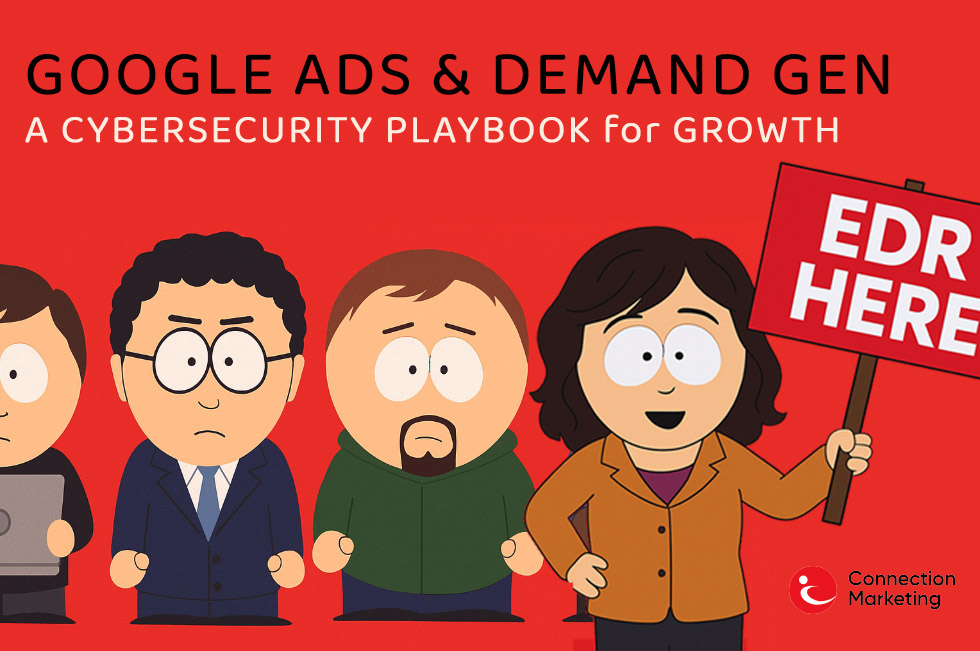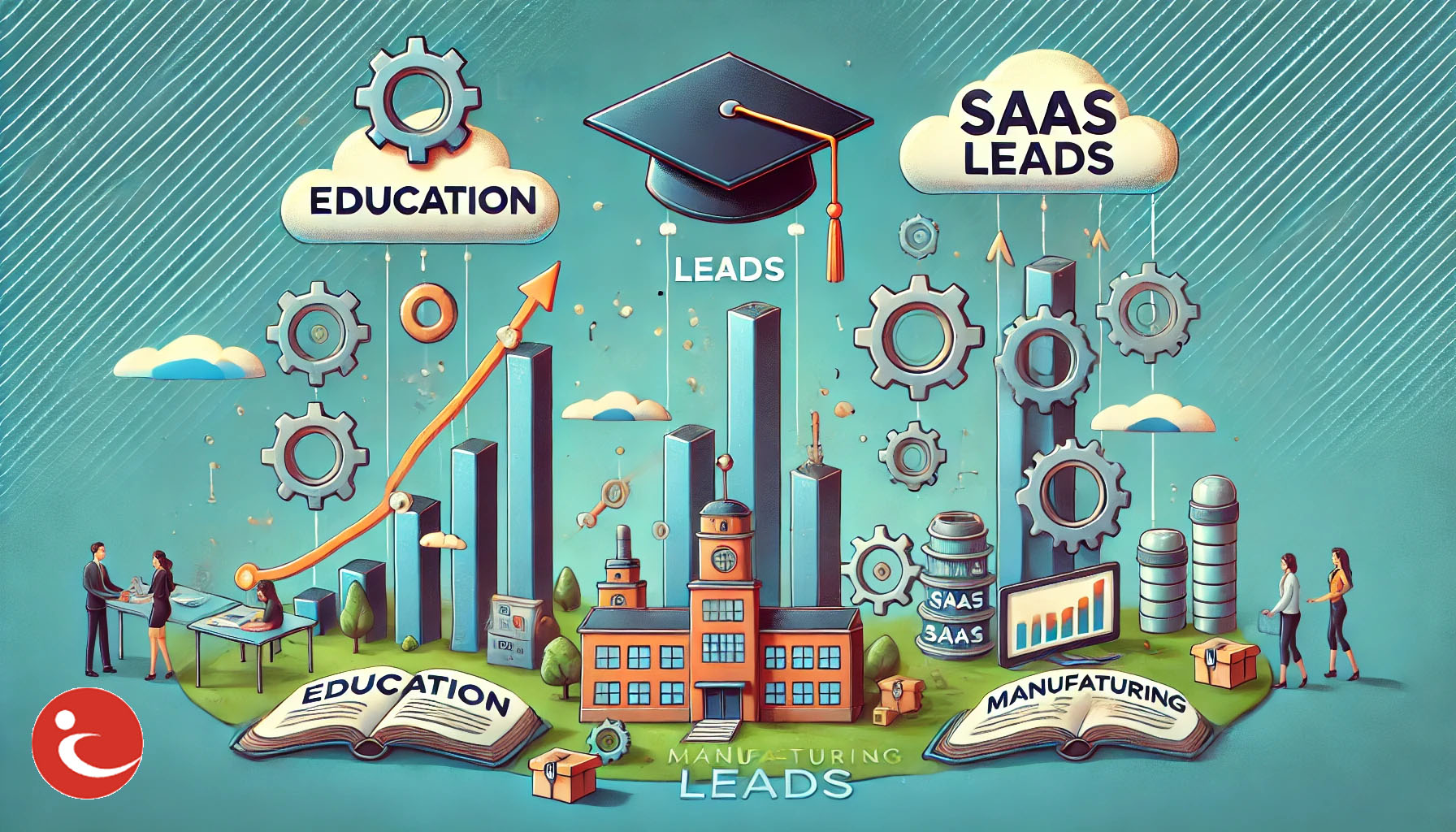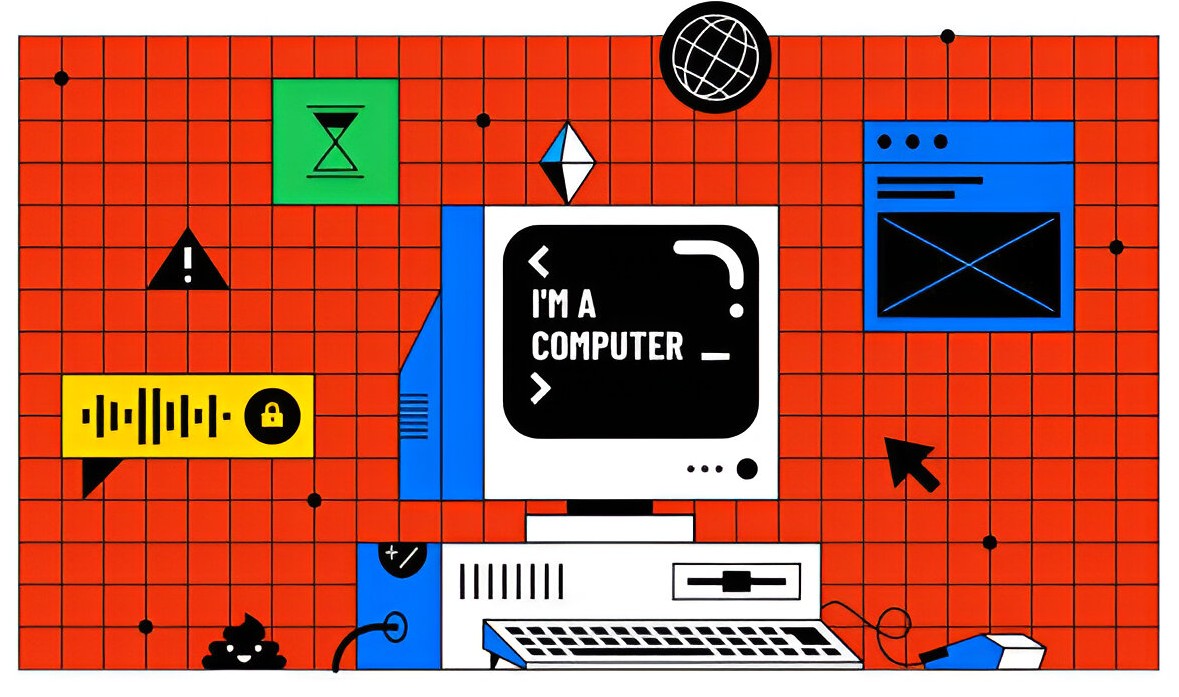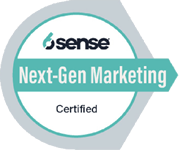Customer relationship marketing, or CRM, is considered to be one of the most important aspects of marketing today. This requires a business to move from a product-oriented perspective to a customer-centric focus. In other words, this is not something that can easily be done and involves a lot of strategy. Strategy for CRM is usually done in four steps: identification, differentiation, interaction, and customization. There are plenty of articles online that you can read to learn about creating a CRM strategy. But once you get to the interaction and customization stage, what do you do? Here are four ideas to get you started on great CRM.
Personalized Email
Email marketing consistently proves to be a valuable tool for marketing due to its high ROI, the ability to measure results, and the ability to personalize mail content. According to Campaign Monitor, an email marketing software company, personalized email -even something as simple as including the recipient’s name in the email subject- can increase response rate by 26%!
Another way to personalize email is to set up personalized behavioral trigger emails. A trigger email is when a company emails you saying, for example, “Hey, you left something in your shopping cart. Do you want to continue checking out?”, or “Hey you haven’t logged in for 6 days.” These emails are personal, automated and can be used for many different reasons, such as welcoming a new subscriber or reminding a current customer about their incomplete purchase. It’s a great way for CPG companies to bring customers back to the website to complete a transaction.
Personalized Site Content
Personalized site content has the capability of identifying customers in real time and changing its content based on that customer. There are many ways to personalize site content, including the use of an AI rewriter, but one form you can easily implement is rules-based personalization. This chooses site content based on different user characteristics, such as demographic information, new vs. returning users, mobile vs. desktop users, etc. For example, Weather.com remembers a user’s zip code information by using site cookies so that the next time the user visits, they automatically see geographically relevant information. Different parts of the website such as callouts, pop-ups, testimonials, banners, ads, and even HTML elements can be optimized and displayed to different users to make the site more relevant towards them. For CPG brands, this can be very helpful because these aspects can be personalized based on their buying habits; ads, pop-ups, and more can be personalized for the products consumers buy most often or are often seen considering purchasing.
Newsletter Popups
Newsletter popups go hand-in-hand with personalized site content. A newsletter pop-up is used when you enter a website and a pop-up appears asking you to input your email address. Usually an incentive is given, such as entering your email in order to receive a discount on the first purchase. The purpose of a newsletter popup is to capture email addresses, which you can then use to send personalized information out to the consumer, such as coupons for products the consumer may be interested in. These can also be customized to reach the right consumer at the right time by using cookies. For example, you could deliver a newsletter popup to a second or third-time customer that hasn’t subscribed to your newsletter yet, or to individuals who haven’t come to your website through email. After a customer subscribes to emails, be sure to send a welcome email to help build trust in the consumer-company relationship.
Add a Store Locator to Your Site
A store locator is essentially a search bar for brand products. This provides a very easy way for consumers to find which stores carry a brand. Store locators can also be used to show the exact products that are carried at a certain store. For example, if a customer would like one specific flavor of non-dairy yogurt that can often be difficult to find, they can use a store locator to first see if a store carries the brand, then they can go even further and see which exact product are carried. This can help your consumers save time and money, providing all of the information they may want about where and when they can buy your brand’s products. Store locators are a great way to support users who are already browsing your site, looking at products that may have a location component. Having this feature supports people’s shopping process and helps move them closer to completing their goals, while also supporting your brand’s goal, building a better relationship in the process.
The purpose of customer relationship marketing is to provide a seamless brand experience from touchpoint to touchpoint, start to finish. The challenge is providing this 24/7 in every single touchpoint the company has. Following the four techniques above can jump start this effort to provide the best brand-to-consumer relationship possible.








